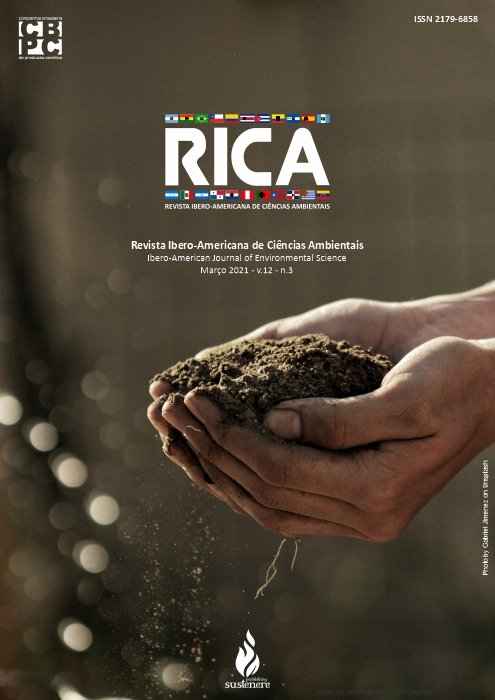The southern Jê and adaptation to the wetland areas on the southern of the Araucarias plateau/Brazil
DOI:
https://doi.org/10.6008/CBPC2179-6858.2021.003.0058Keywords:
Archeology, Atlantic Forest, Human Ecology, Pit HouseAbstract
The Jê archeology has witnessed in the last decades a significant increase in information on the pattern of settlement, subsistence, mobility and ceremonial practices as a result of major projects developed in the South Brazilian Plateau. With the beginning of a systemic and procedural view in archeology, interdisciplinary studies in archaeological research are directed to the study on the understanding of human relations with the environment. Between the basins of the Forqueta and Guaporé Rivers, both tributaries of the right bank of the Taquari/Antas River, twenty-one archaeological sites were found with the presence of pit houses associated with Jê groups. Of the twenty-one areas of identified pit houses, nineteen are in areas close to wetlands. In an interdisciplinary perspective, we seek to understand the reasons why Jê groups established settlements close to wetlands. Six criteria were analyzed regarding the installation of pit houses and the proximity to wetlands, namely hydrography, distance from rivers with running water, clinography, terrain slope, hypsometry, altitude in relation to sea level, soils, soil quality, distance from wetlands, and phytoecological region (vegetation cover). The patterns of occupation of Jê groups were analyzed using the Principal Component Analysis technique on the variables presented.
Downloads
Downloads
Published
Issue
Section
License
The CBPC - Companhia Brasileira de Produção Científica (Brazil CNPJ: 11.221.422/0001-03) the material rights of the published works. The rights relate to the publication of the work anywhere in the world, including rights to renewals, expansions and dissemination of the contribution, as well as other subsidiary rights. All electronically published works may subsequently be published in printed collections under the coordination of this company and / or its partners. The authors preserve the copyright, but are not allowed to publish the contribution in another medium, printed or digital, in Portuguese or in translation.









